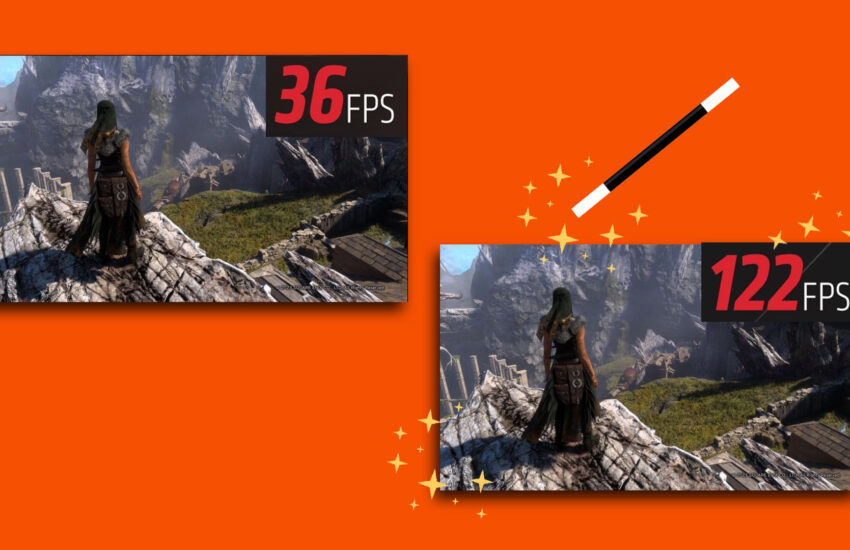AMD has just announced an update to its free, in-driver frame generation technology, AMD Fluid Motion Frames, that can bring frame rate boosts to thousands of games. AFMF 2 includes across-the-board latency improvements, superior image quality and several new ways to tweak the way the software works.
If effective, AFMF 2 could go some way to making AMD‘s latest best graphics card contenders, such as the RX 7800 XT, even more tempting propositions, as it unlocks masses of extra performance across far more games than are currently supported by competing technologies.

It achieves this because AFMF 2 is an in-driver alternative to AMD FSR 3 and Nvidia DLSS 3 frame generation that doesn’t require in-game support. Instead, it can be enabled on any game through the AMD GPU driver, including older games that haven’t been updated to include these new frame-generation technologies.
The first version of AFMF launched in November 2023 but its performance wasn’t entirely convincing, so with AFMF 2 the company is hoping to have improved performance and image quality enough to make the software finally have a big impact.

AMD details several specific improvements on its website, the biggest of which is a reduction in latency. AMD claims the new version of AFMF reduces latency by as much as 28%, with the new tech providing some degree of improvement “across the board when using AFMF 2, no matter the settings mode, resolution, or hardware used.”
One of the examples it gives is the 28% drop noted above, which occurs in Cyberpunk 2077 when running at 4K with ray tracing set to ultra and using a Radeon RX 7900 XTX. Meanwhile, on a far more lowly system, AMD shows a 12% reduction in CS2 when using a Ryzen 8700G CPU with a Radeon 780M integrated GPU running at 1080p.

AMD has also added a new AI-optimized control of what the company calls “fallback,” which is where the frame generation algorithm identifies that a large amount of motion has occurred, so it doesn’t have confidence in its ability to generate a quality-looking frame. When this occurs, the algorithm simply falls back to not generating frames. This results in a drop in performance but maintains image quality. The new AI optimizations improve how the user options for this feature are tuned.
Another addition is a new Performance mode for use with lower-end hardware, such as integrated GPUs, a feature that could be ideal for the Asus ROG Ally X but won’t work on the Steam Deck as AFMF is currently only a Windows driver feature. AMD states simply that the new mode “reduces the overhead of AFMF 2 to help make high frame rate gaming experiences more achievable on a wider range of devices,” giving no specifics about how it works.
All told, we’re primed and ready to give AFMF 2 a try and see just how well it works. The potential is huge, but it all comes down to how its performance and image quality actually hold up in games.
For more information about similar frame generation technologies, check out our AMD FSR and Nvidia DLSS guides, which explain the general concept in more detail.

